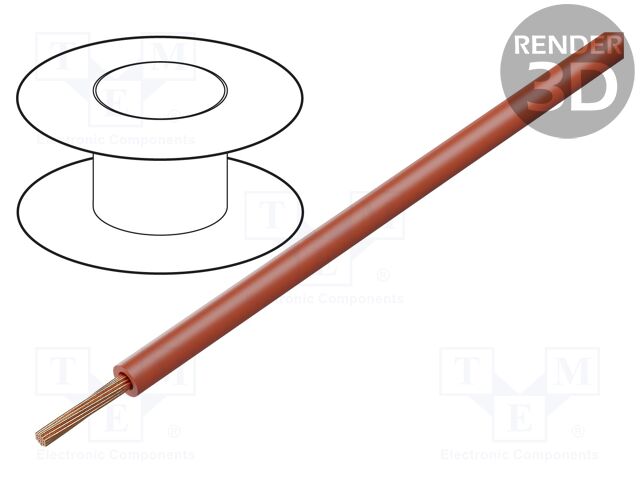The cables made for outdoors are most likely rubber. I thought that capacitance is reduced by keeping distance between the conductors. Twisted litz wire that has individually insulated conductors could have parasitic capacitance issues because of this, but I'm certainly not a technical expert and like to be corrected by science.
What about normal PVC that is not transparent? Is that a non-issue? I have found these insulated copper wires that do not use PVC, and they are also cheaper than the 2.5 mm² version:
STÄUBLI 60.7185-21 | Wire; FlexiPlast-E; 1x0.75mm2; stranded; Cu; black; 500V; 15A; 100m - This product is available in Transfer Multisort Elektronik. Check out our wide range of products.

www.tme.eu
STÄUBLI 60.7185-22 | Wire; FlexiPlast-E; 1x0.75mm2; stranded; Cu; red; 500V; 15A; 100m - This product is available in Transfer Multisort Elektronik. Check out our wide range of products.

www.tme.eu
Another thing I don't understand is how important the relative permittivity of the insulation is for speaker wire. Given that the skin effect exists there at large gauges. Some will say that polyethylene insulation is better for audio cables due to relative permittivity.



